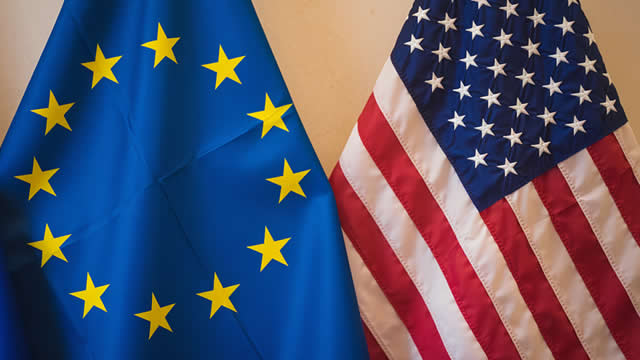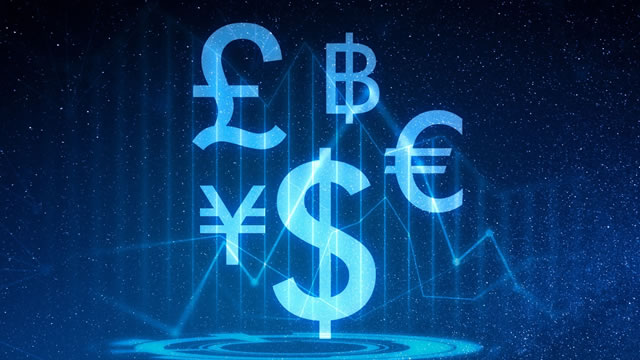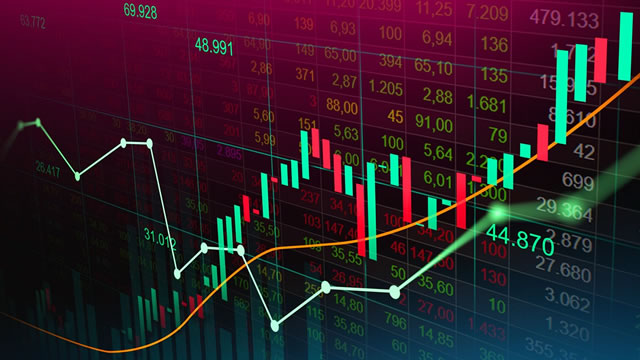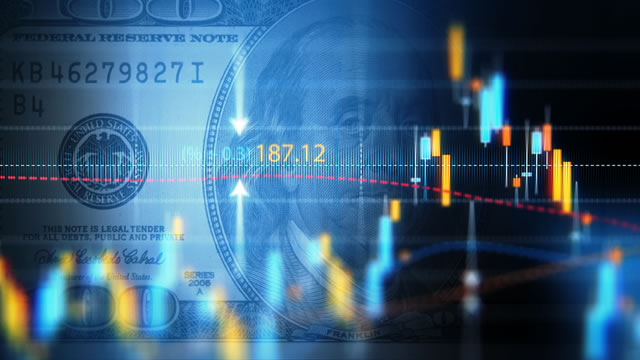Euro vs US Dollar Exchange Rate: A Sideways Range with Slightly Slowed Upward Momentum
The Euro (EUR) and US Dollar (USD) exchange rate has been trading in a narrow range recently, with the Euro expected to move between 1.0440 and 1.0495 against the US Dollar, according to UOB Group’s FX analysts Quek Ser Leang and Peter Chia. This prediction comes as a result of the upward momentum in the Euro’s value against the US Dollar having slowed down.
The Current Exchange Rate Scenario
Currently, the Euro is facing resistance at the 1.0530 level, which has been a significant resistance level in the past. The analysts at UOB Group believe that a break below the 1.0425 level would be a strong indication that the Euro is not ready to rise above this level. In the meantime, the Euro remains range-bound, with the US Dollar continuing to benefit from safe-haven demand.
Impact on Individual Investors
For individual investors holding Euros or planning to make transactions involving the Euro, this sideways trend could mean a period of stability, with the potential for limited gains or losses. Those planning to travel to Europe may find that their purchasing power remains relatively consistent, as the exchange rate does not experience significant fluctuations. However, it’s essential to keep an eye on the market and be prepared for potential shifts in the trend.
- Individual investors should monitor their Euro holdings and consider hedging strategies to protect against potential losses.
- Travelers may find that their budgets remain consistent, but should still be aware of any changes in the exchange rate that could impact their spending.
Impact on the Global Economy
The Euro’s exchange rate against the US Dollar can have significant implications for the global economy. A stronger Euro can make European exports more expensive for other countries, potentially reducing demand and impacting economic growth. On the other hand, a weaker Euro can make European exports more competitive, leading to increased demand and economic growth.
Additionally, the Euro’s exchange rate can impact the European Central Bank’s (ECB) monetary policy decisions. A stronger Euro can make it more challenging for the ECB to achieve its inflation target, as imported goods become more expensive. Conversely, a weaker Euro can make it easier for the ECB to stimulate the economy by lowering interest rates.
Conclusion
The Euro’s exchange rate against the US Dollar is expected to trade in a sideways range, with only a significant breach of the 1.0425 level indicating a potential shift in the trend. This stability could be beneficial for individual investors and travelers, but it could also have implications for the global economy, particularly in terms of European exports and the ECB’s monetary policy decisions. As always, it’s essential to stay informed about market developments and be prepared for potential shifts in the trend.
In summary, the Euro’s exchange rate against the US Dollar is expected to remain range-bound in the short term, with potential implications for individual investors and the global economy. Keep an eye on market developments and be prepared for potential shifts in the trend.





